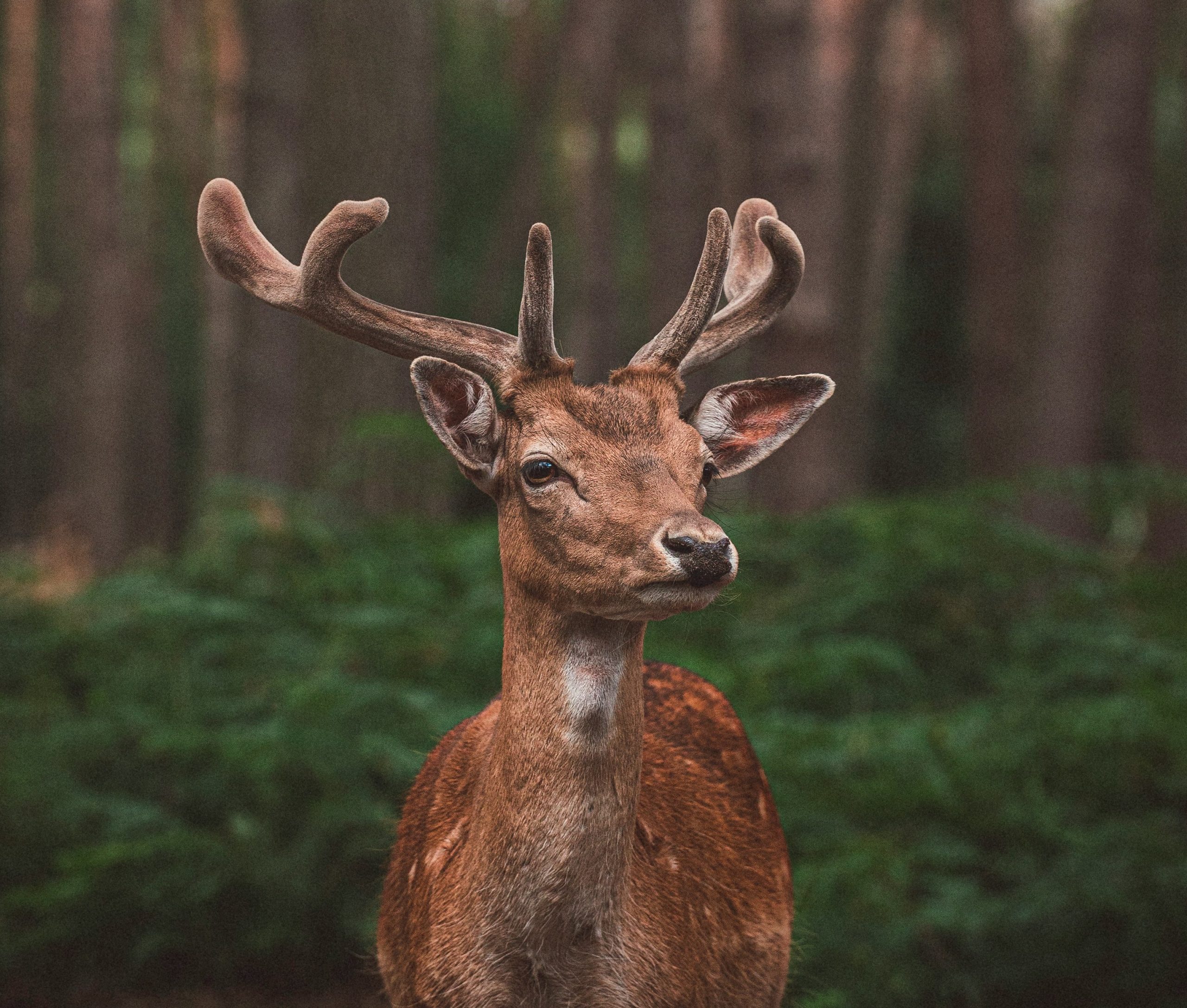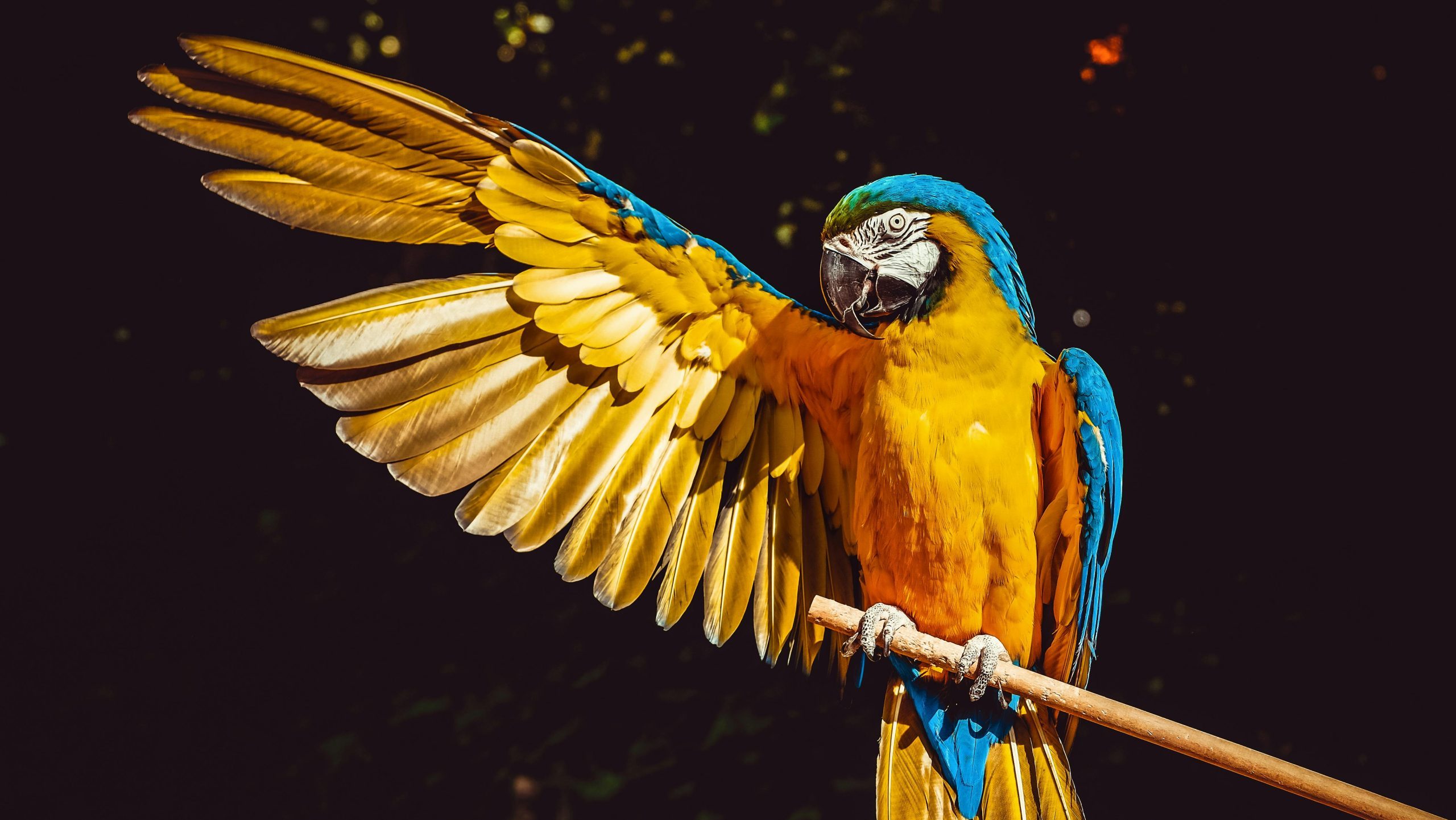Reading Lists
13 Literary Takes on the Lives of Animals
The new literature on animal life will captivate and probably terrify you, just like the classics

Whether it’s Charlotte’s Web, Animal Farm, or Watership Down, stories about animals have the potential to hold and enrapture us, across all age groups. What’s true for books is just as true on the screen: this past summer brought with it the satirical science fiction film Okja, with a massive genetically engineered pig at its center; and stories of wildlife behaving in unexpected ways have held viewers’ attention in everything from Zoo to The Lion King. So here’s a look at a dozen books that memorably explore the lives of animals — some to mysterious effect, some focusing on their interaction with humans, and some using them to counterpoint the foibles or challenges of humanity. They range in tone from the comic to the tragic, from the esoteric to the surreal.
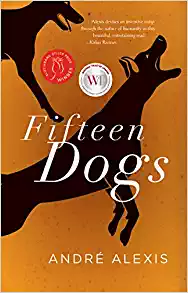
1. André Alexis, Fifteen Dogs
The realistic and the metaphysical coexist to magnificent effect in André Alexis’s moving tale, which brings together gods, humans, and canines. In the opening scene, a wager between two ancient gods endows a group of dogs with sentience and human-level intelligence. Alexis takes this central concept to unexpected places, movingly exploring questions of mortality and devotion in some scenes, and charting out the ruthlessness of some of his characters in others.
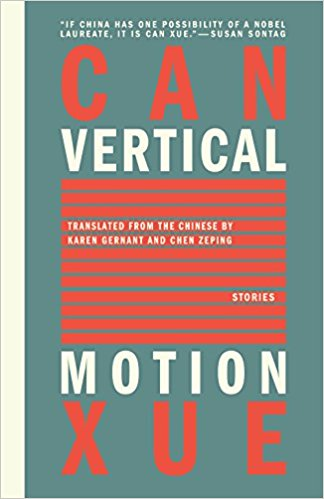
2. Can Xue, Vertical Motion
One could convincingly argue that Can Xue’s fiction explores the natural world, but frequently in a skewed or altered manner. That’s certainly the case with the title story of this collection, told from the perspective of a group of strange creatures that dwell underground. Through her use of language, she conveys the alien in wholly familiar terms, flipping questions of humanity on their head.

3. Cynan Jones, The Dig
Animals looms large in the world of Cynan Jones’s taut, powerful novel The Dig. Part of the action centers around a sheep farm, including a host of decidedly visceral scenes; another subplot involves the baiting of badgers. Though farming can frequently be a source of pastoral or even whimsical scenes in certain novels and stories, here it’s presented as a way of life that’s as tense and fraught with danger as the petty criminals who’ve shown up in some of Jones’s other fiction.
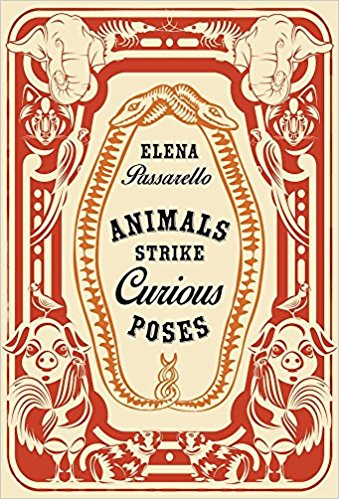
4. Elena Passarello, Animals Strike Curious Poses
After a book of essays dedicated to the human voice in different permutations, it seems fitting that Elena Passarello’s second collection of essays focuses on fauna of all kinds, and throughout history. She often roots these in particular moments in history, from 19th-century circus elephants to prehistoric mammoths. In telling the stories of these animals, she’s also telling the story of human societies from an unexpected (and memorable) perspective. (Good luck getting “When Doves Cry” out of your head, too.)

5. Noëlle Revaz, With the Animals
In this taut and nerve-racking chamber piece, Noëlle Revaz makes powerful use of a rural setting to contrast the natural lives of beasts with the frequently-abhorrent masculinity of the novel’s protagonist. Paul is a thoroughly unpleasant figure, crude in his rhetoric and obsessed with the animals on his farm far more than with the rest of his family. But Revaz’s sense of juxtaposition makes for a memorable comparison between brutish man and empathic beasts.

6. Joy Williams, Ill Nature: Rants and Reflections on Humanity and Other Animals
Joy Williams’s writings often show the natural world in a strange or unsettling way, sometimes veering into the atmospheric and surreal, at others tapping into something primal. In this nonfiction collection, Williams delves even further into this world; in the stunningly good essay, “Hawk,” she explores how even the most familiar animals in our lives — say, a beloved dog — remain fundamentally alien to us.

7. Sakutarō Hagiwara, Cat Town
Cats. For some of us, they’re beloved companions; for others, they’re mysterious creatures that hiss and claw at a moment’s notice. In the novella Cat Town, Sakutarō Hagiwara taps into this mysterious aspect of felines, telling the tale of a narrator who becomes disoriented and stumbles into a town with a sinister abundance of cats. It’s a dreamlike story with more than a little mystery and menace, which seems apt, given the animal that lends the novella its name.
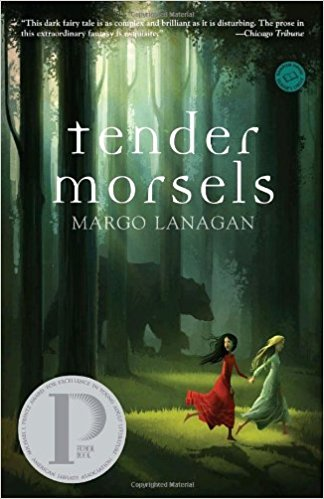
8. Margo Lanagan, Tender Morsels
Talking about animals in literature without acknowledging the role of fairy tales would be an incomplete conversation. In her novel Tender Morsels, a retelling of the story of Snow White and Rose Red, Margo Lanagan explores the legacy of sexual violence and the nature of familial bonds in a story that involves parallel worlds and strange transformations. (Specifically, a man turning into a bear — hence its place on this list.) Though the storytelling is primal, the emotional complexity of the narrative is anything but.

9. Haruki Murakami, The Elephant Vanishes
Strange animals abound in Haruki Murakami’s first collection of short stories, and, as is often the case in his work, reality tends to fluctuate in and out of realism when they’re around. In the title story, this reaches its apex, as the main character ponders the disappearance of an elephant from his local zoo, a mystery that has a decidedly surreal solution.
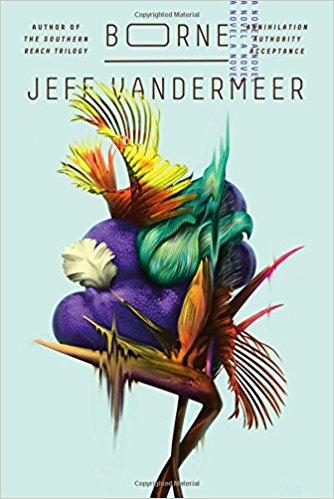
10. Jeff VanderMeer, Borne
Strange animals abound in the fiction of Jeff VanderMeer, from the slightly off-kilter creatures found in the Southern Reach trilogy to the sinister fish, penguins, and bears in his collection, The Third Bear. In his most recent novel Borne, a devastated city lives in fear of Mord, a flying bear the size of a building. Sinister, intelligent bears are never not scary; throw in the ability to fly, and you have some serious nightmare fuel on your hands.
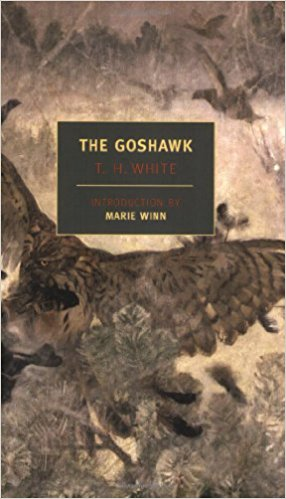
11. T.H. White, The Goshawk
Early in his career as a writer, T.H. White decided to adopt a goshawk and train him. The fluctuating bond between White and his hawk, Gos, makes up the bulk of this mesmerizing study of the interaction between the two. White’s training methods come up for a fair amount of critique in Helen Macdonald’s excellent H For Hawk, which also explores questions of the bond between humans and falcons while also venturing into questions of how that bond has been manifested in literature and culture.
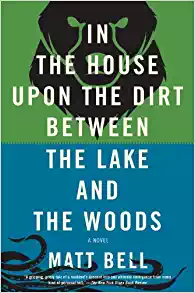
12. Matt Bell, In the House upon the Dirt Between the Lake and the Woods
Matt Bell’s debut novel begins with a couple moving into a home in an isolated part of the world and rapidly becomes a hallucinatory creation story like no other. Along the way, there are sinister moments involving a bear and a squid that live in close proximity, and a host of bizarre transformations both corporeal and topographical.
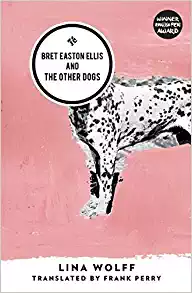
13. Lina Wolff, Bret Easton Ellis and the Other Dogs
Lina Wolff’s deftly constructed book Bret Easton Ellis and the Other Dogs is about a lot of things: it’s a coming-of-age novel with a tinge of metafiction to it, and just a bit of animal imagery thrown into the mix. And there’s the conceit that gives the novel its title: a group of stray dogs adopted by sex workers and named after male authors.





